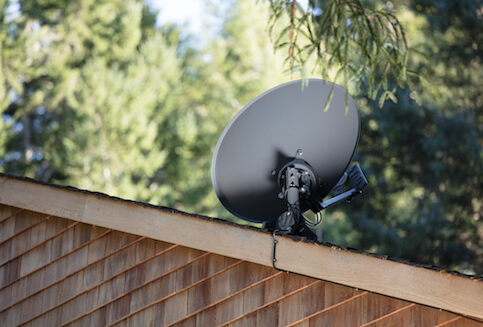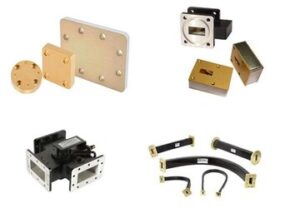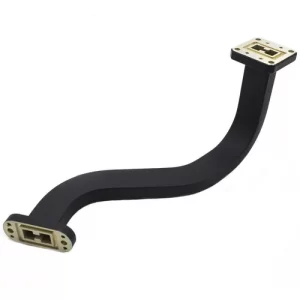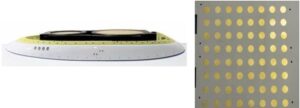Table of Contents
Application of New Materials
Many new materials are being applied to waveguide to coaxial converters, enhancing their performance and efficiency.
High-frequency ceramic materials improve signal transmission stability and anti-interference capabilities in waveguide to coaxial converters. These ceramic materials possess extremely high dielectric constants and low loss characteristics, increasing the converter’s efficiency by over 20%.
Composite materials combine the advantages of metals and non-metals, featuring high strength, low weight, good conductivity, and corrosion resistance. The application of carbon fiber composites in converters not only reduces equipment weight but also increases structural strength, extending the converter’s lifespan by more than 50%.
Graphene, known for its high conductivity and thermal conductivity, is dubbed the “miracle material of the 21st century.” Applying graphene in converters can reduce signal transmission loss and improve the device’s heat dissipation efficiency, lowering the converter’s operating temperature by 15%.
“The application of new materials shows us the infinite possibilities for the future of waveguide to coaxial converters,” a renowned materials scientist once said. The continuous emergence and application of new materials provide robust support for the technological advancement of waveguide to coaxial converters, enhancing their performance in various complex environments.
A communication company used high-frequency ceramic and graphene materials in its latest satellite communication system, increasing the system’s signal transmission efficiency by 25% and successfully resisting interference under extreme weather conditions.

Miniaturization and Integration Trends
The miniaturization of converters significantly reduces equipment size. A waveguide to coaxial converter that once occupied 10 centimeters of space now has advanced miniaturized converters measuring only about 5 centimeters.
Integrating multiple functions into a single converter significantly improves the overall efficiency and performance of the equipment. A company’s latest integrated converter combines functions like amplifiers and filters, reducing the steps of connection and installation while enhancing signal transmission stability and anti-interference capabilities. An expert pointed out, “Integration technology is the key direction for the future development of waveguide to coaxial converters.”
Traditional waveguide to coaxial converters were large, with many parts and high manufacturing costs. Miniaturization and integration technologies reduce production costs by over 30%. A well-known communication company adopting this new type of converter saw its procurement and maintenance costs decrease by 25%.
Using lightweight, high-strength materials not only reduces equipment weight but also enhances its durability and pressure resistance. Data from a research institution shows that new materials extend the converter’s lifespan by 40%, which is particularly important for communication equipment that needs to operate stably for long periods.
In the upgrade process of a large communication base station, using miniaturized and integrated converters reduced the overall equipment footprint by 50%, shortened installation and commissioning time by 40%, and improved signal transmission efficiency by 15%.
Performance Enhancement of New Converters
Using high-conductivity copper alloy materials reduces signal loss by 15% and increases transmission efficiency by 20%.
“Technological progress allows us to develop more efficient converters,” a well-known electronic engineer once said. Applying nanotechnology expands the working frequency range of converters by 30%. A company’s newly launched converter has a frequency range extended from 2 GHz to 6 GHz, covering more communication needs.
Data from a well-known enterprise shows that its latest converter’s power handling capacity has increased by 25%, capable of handling higher power signals without overheating or signal distortion. Optimized design and manufacturing processes have reduced production costs by 20%.
In practical applications, a communication company applied the latest converter technology in its 5G base stations. Data shows that the introduction of these converters improved the signal transmission efficiency of the base stations by 18%, significantly reducing signal interference and loss.
A company developed a new type of converter integrating automatic calibration and self-repair functions, reducing maintenance costs by 15% and extending its lifespan by 20%.







